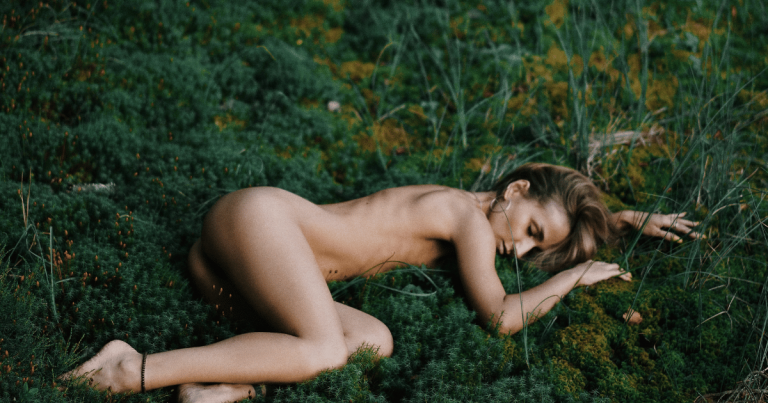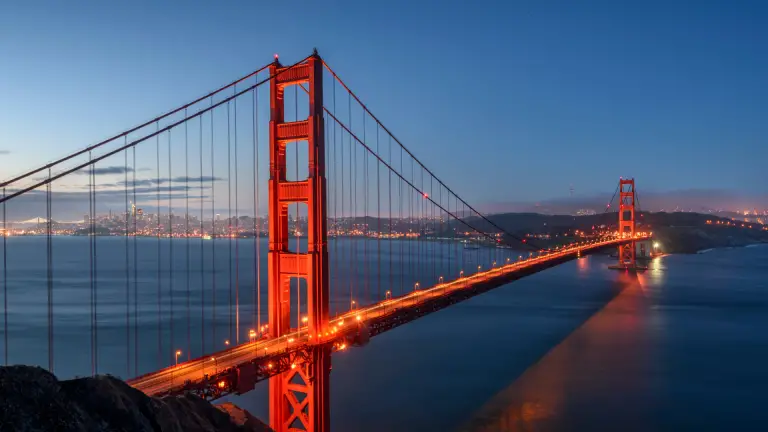Journey Through Time: Unraveling the Rich History of Sedona
Sedona, Arizona’s rugged red rocks, and breathtaking scenery draw millions of visitors every year. But beyond its natural beauty, Sedona’s history is equally fascinating. From the Native American culture that lived there for thousands of years to its modern-day allure as a center for spiritual awakening, Sedona has a rich and multifaceted past.
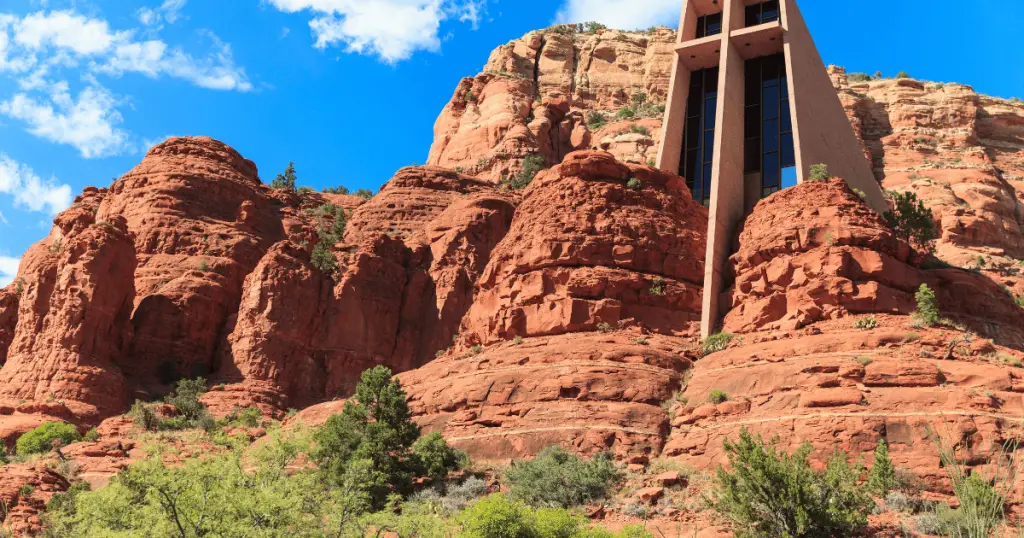
Indigenous Roots
The ancient Native American presence in Sedona is primarily attributed to the Sinagua tribe who inhabited the region between 500 and 1425 AD. These indigenous people, whose name means “without water,” developed sophisticated irrigation systems and adapted to the arid climate, cultivating corn, beans, and squash. They built pueblos and cliff dwellings, some of which can still be visited today, such as the well-preserved Montezuma Castle.
The Yavapai and Apache tribes also have historical ties to Sedona. The Yavapai, known for their basket weaving skills, lived in wickiups – small, dome-shaped dwellings. The Apache, on the other hand, were nomadic hunters and gatherers, and their legacy is visible in the form of Apache tears, small black obsidian stones found across the region.
Sedona’s red rocks are adorned with ancient petroglyphs, silent witnesses to the bygone era. These rock writings are believed to be the work of the Sinagua, offering us a glimpse into their life and culture. Several archaeological findings from the region, including pottery and stone tools, are displayed at local museums, further illustrating Sedona’s rich indigenous heritage.
Early Settlers and Exploration
In the late 19th century, Sedona began to attract European settlers drawn by the promise of fertile land and the captivating beauty of the red rocks. The first documented Anglo-European settler was a farmer named John James Thompson who arrived in 1876.
He was followed by others who saw the farming potential of the Oak Creek area. The land was gradually claimed, and farms were established, growing a variety of crops including apples, peaches, and grapes.
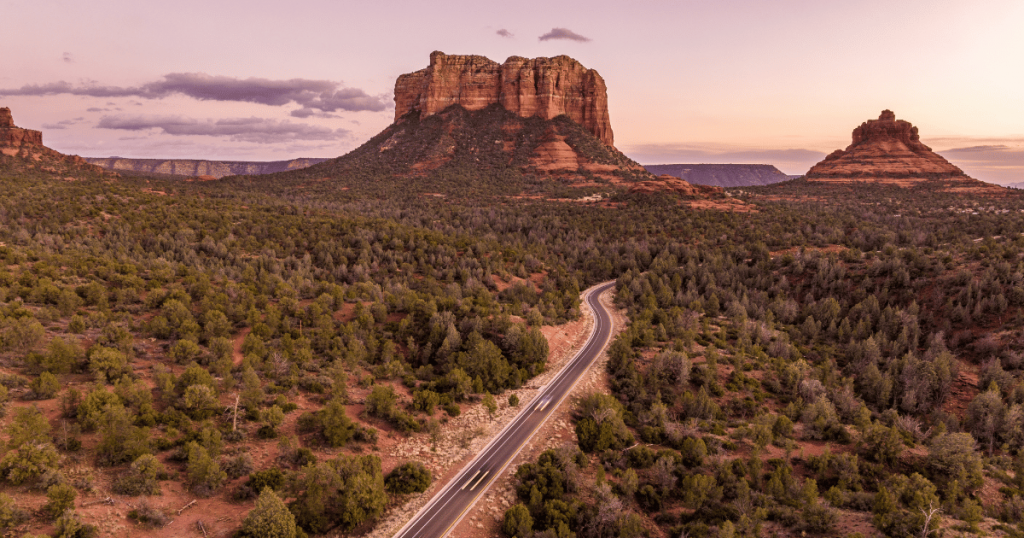
Founding and Development of Sedona
The settlement that would eventually become known as Sedona was established in 1902 by Theodore Carlton Schnebly and his wife, Sedona Arabella Miller Schnebly, for whom the town was named.
The Schneblys ran an inn for travelers, and in 1902, T.C. Schnebly applied for a post office. He proposed several names, but all were rejected. Eventually, he submitted his wife’s unique name, “Sedona,” which was approved.
As the 20th century progressed, Sedona grew from a small farming community into a thriving town, attracting artists, spiritual seekers, and tourists alike.
Explorers and Adventurers
While Sedona’s development was largely driven by farmers and settlers, explorers and adventurers also played a significant role. Among them was the famous naturalist, John Wesley Powell, who led an expedition in the late 19th century, charting the Colorado River and the Grand Canyon.
His writings and descriptions of the region attracted the interest of the broader public. Other notable figures include Sedona pioneer and adventurer, Bear Howard, who is known for discovering numerous red rock formations such as the Devil’s Bridge and the Submarine Rock. These adventurers and their tales have greatly contributed to Sedona’s mystique and allure.
Cultural and Artistic Legacy
Sedona’s vibrant colors, captivating landscapes, and ethereal light quality have long drawn artists from across the globe, transforming it into a thriving artists’ colony. In the mid-20th century, surrealist painter Max Ernst and his wife, Dorothea Tanning, moved to Sedona, drawn by its otherworldly beauty. Their presence attracted other artists, effectively establishing Sedona as an art hub.
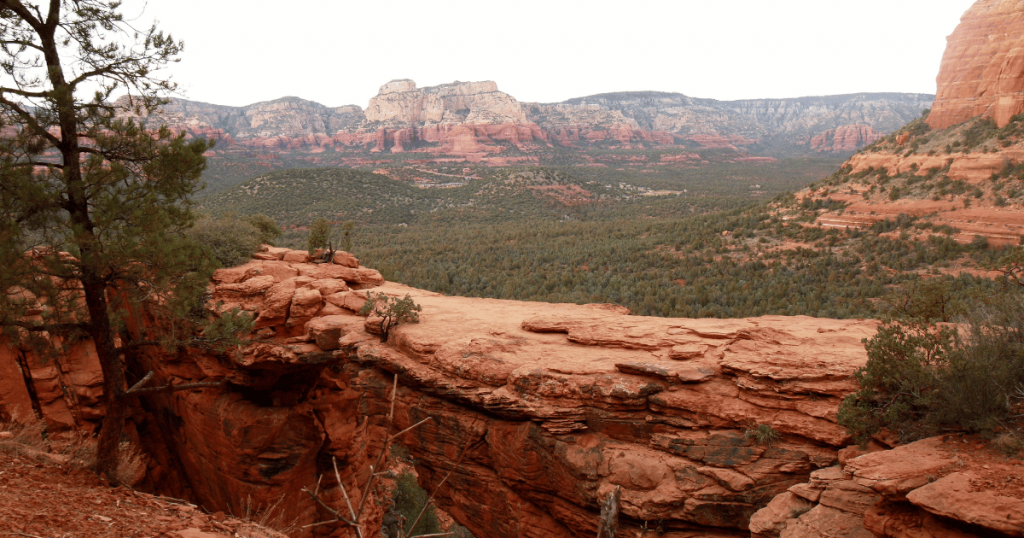
Local artist Joe Beeler followed suit, and alongside artists such as George Phippen and Dee Flagg, founded the Cowboy Artists of America. This group aimed to preserve and promote the tradition of Western cowboy art. Their collective work profoundly influenced the local art scene, enabling Sedona to emerge as a major center for Southwestern Art.
Today, the artistic heritage of Sedona is carefully preserved and celebrated. The town boasts over 40 art galleries, showcasing a diverse range of styles from Native American art to abstract and contemporary pieces. The Sedona Arts Center, originally established as a community art center by the Cowboy Artists of America, continues to serve as an educational hub for artists.
Events such as the Sedona Plein Air Festival and the Sedona International Film Festival highlight the town’s commitment to its artistic roots. Preservation efforts, coupled with an ongoing influx of artists, ensure that Sedona’s artistic heritage remains vibrant, continuing to inspire and captivate visitors.
Iconic Landmarks with Historical Significance
Sedona is not only known for its artistic allure and natural beauty, but it’s also home to several iconic landmarks steeped in history.
The Chapel of the Holy Cross, for instance, is a marvel of modern architecture nestled amidst the red rocks. Built in 1956 and inspired by a sculptor Marguerite Brunswig Staude, it is now an enduring symbol of faith and an integral part of Sedona’s skyline.
The historic Tlaquepaque Arts & Shopping Village is another must-visit landmark. Its design mirrors a traditional Mexican village, providing an immersive experience of artisan shops, galleries, and dining. It showcases the influence of Hispanic culture in the region and stands as a testament to the cultural diversity of Sedona.
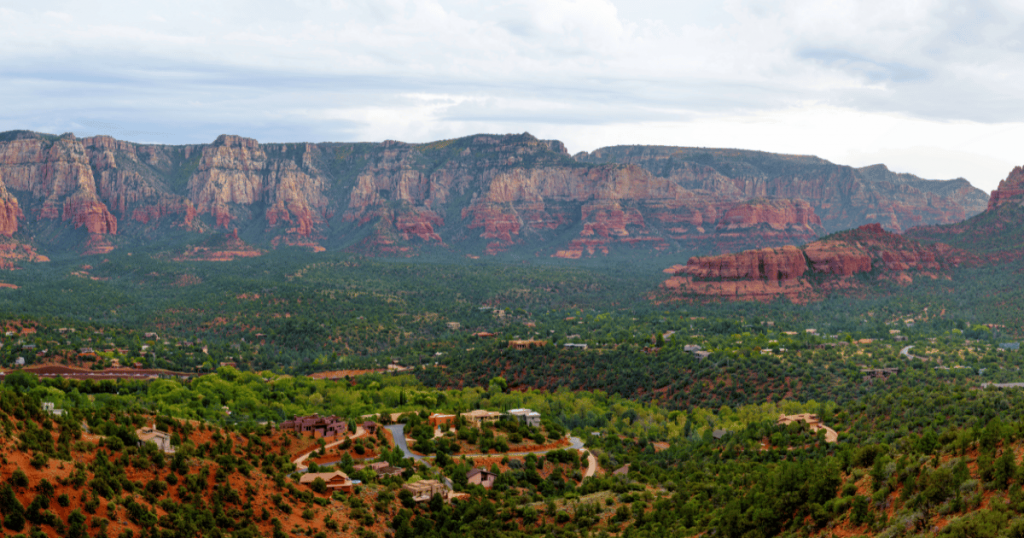
However, the real historical gems of Sedona are its ancient cliff dwellings. Palatki and Honanki Heritage Sites, once home to the Sinagua people, are adorned with hundreds of petroglyphs and pictographs. These sites provide a tangible link to Sedona’s indigenous past and are a fascinating journey into an ancient time.
Lastly, the Sedona Heritage Museum, located in Jordan Historical Park, is a treasure trove of local history. Housed in the original farm buildings of Walter and Ruth Jordan, it celebrates Sedona’s pioneer history, its film era, and the cowboy artist culture that the town is so famous for. These landmarks, each with their distinct historical significance, add depth to Sedona’s rich tapestry, making it a truly unique destination for history buffs and explorers.
Growth and Development
The mid-20th century witnessed a shift in Sedona’s economy as its idyllic charm began to attract Hollywood filmmakers. The rugged beauty of the red rocks served as a backdrop for numerous Western films and television shows, stimulating economic activity and drawing attention to Sedona on a national scale. This sparked a transition from an economy largely based on farming to one centered on tourism and service industries.
Impact of Tourism on Sedona’s Development
As Sedona grew in popularity, tourism became a primary driver of the town’s development. The influx of visitors stimulated growth in the hospitality sector, leading to the establishment of numerous hotels, restaurants, and recreational facilities.
This expansion diversified the local economy, creating job opportunities and attracting new residents. However, the surge in tourism also placed increasing demands on local resources, necessitating careful planning to maintain the quality of life for residents and preserve Sedona’s natural allure.
Balancing Growth with Preservation of Natural Beauty
The challenge for Sedona has been to balance its growth with the preservation of its natural beauty – the very element that draws people to the area. To address this, local authorities have implemented stringent land use regulations and zoning laws to control development and protect the environment.
Efforts have also been made to educate tourists about responsible travel practices to minimize their impact. Despite these challenges, the enduring appeal of Sedona’s stunning landscapes continues to inspire a sustainable vision for its future, where development and preservation go hand in hand.
Final Thought
Sedona is a testament to the harmonious blend of natural beauty, cultural richness, artistic legacy, and historical significance. From its stunning red rock landscapes that have inspired countless artists and adventurers, to its diverse heritage reflected in its many landmarks, Sedona is a town that captivates and intrigues.
The story of Sedona’s growth from a quiet farming community to a renowned tourist destination is one of adaptation and evolution, handled with a deep respect for the environment and the area’s unique character. Amidst the challenges of increased tourism and development, Sedona remains committed to preserving its natural allure and cultural heritage, ensuring that it continues to inspire and enchant for generations to come.



